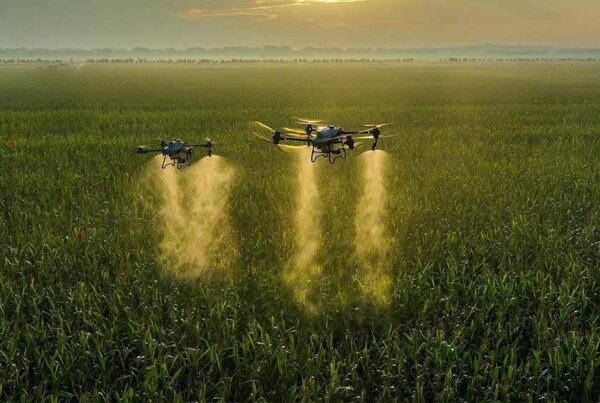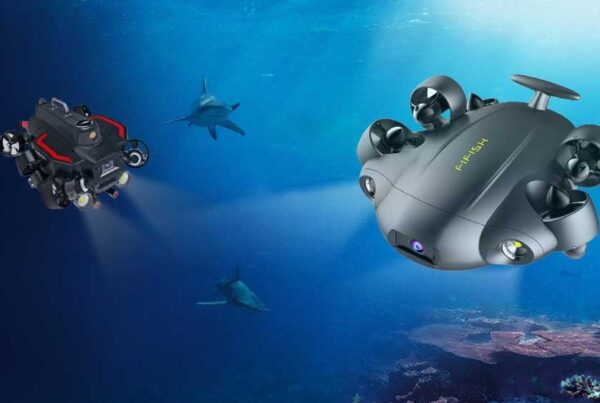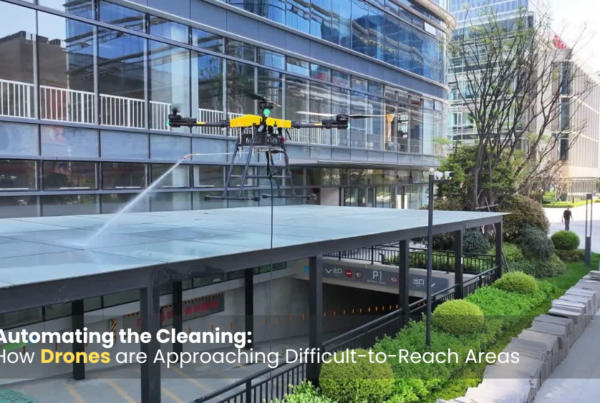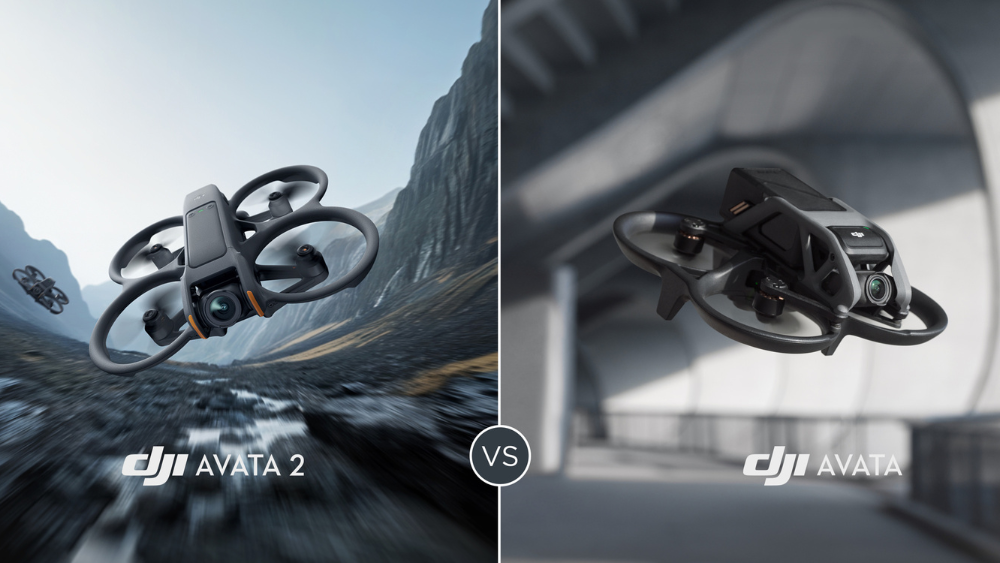
Introduction
In the world of drone technology, DJI has consistently set benchmarks with its innovative products. The launch of DJI Avata followed by the recent introduction of DJI Avata 2 represents significant milestones. For enthusiasts and professionals looking to either enter the drone space or upgrade their existing equipment, understanding the differences between these two models is crucial. This comparative review will delve into the design, performance, camera capabilities, user experience, and value offered by both models, providing insights into how DJI Avata 2 builds upon the foundation laid by its predecessor.
Design and Build
The DJI Avata 1 was known for its compact, robust design, making it a favorite among those who needed a reliable drone that could withstand varied environmental conditions. With the Avata 2, DJI has further refined this design, focusing on ergonomics and durability. The Avata 2 appears sleeker and incorporates higher quality materials that reduce the overall weight without compromising on strength. Enhancements in the propeller design and placement have also improved the aerodynamics, which not only helps in better flight stability but also in reducing the noise levels during flight — a subtle yet appreciated improvement.
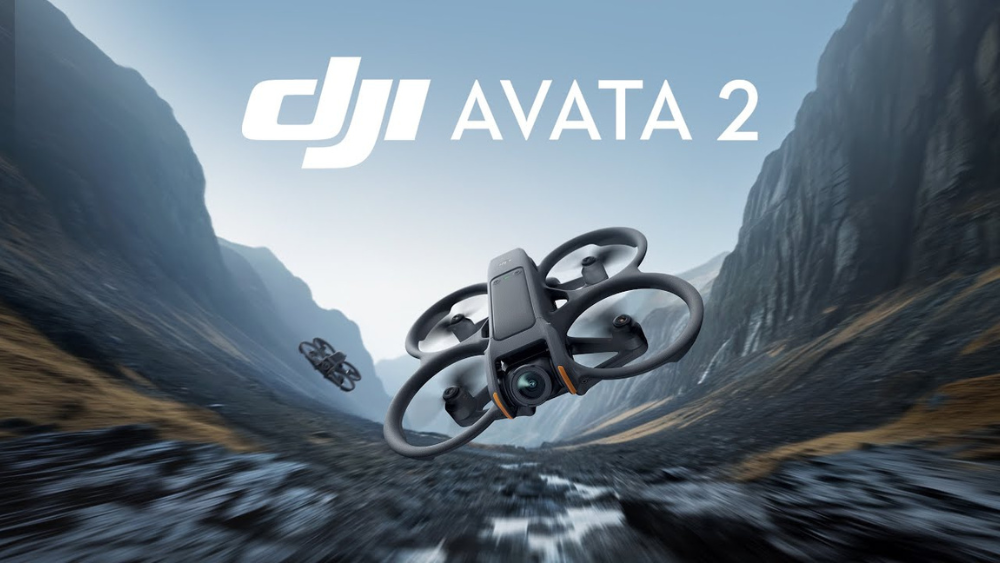
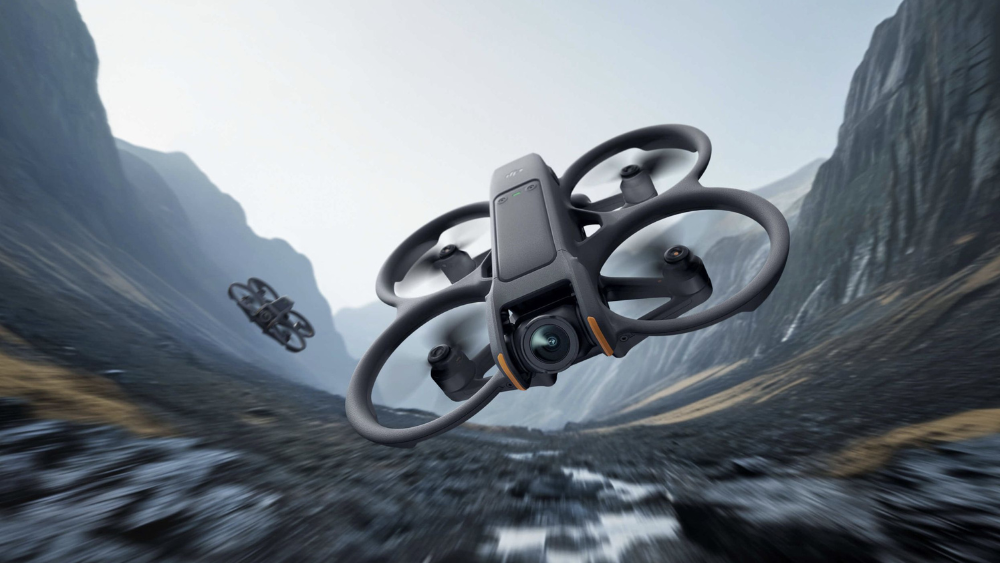
Flight Performance
The flight capabilities of a drone are pivotal to its overall performance, and the DJI Avata series does not disappoint. The original DJI Avata 1 was lauded for its responsive controls and stable flight, suitable for both beginners and experienced pilots. However, the DJI Avata 2 takes these attributes a step further. It boasts an enhanced battery life that extends flight times significantly, allowing pilots more freedom to explore and capture without the constant worry of recharging. Additionally, the Avata 2 introduces improved GPS and obstacle sensing technologies that enhance its ability to navigate more complex environments safely.
Another notable upgrade in the Avata 2 is its flight modes. These have been expanded to include more automated flight paths and programmable routines, making complex shots easier to execute. This makes the Avata 2 not only more versatile in its usage but also a more powerful tool for creative filming.
Camera and Imaging
Camera quality is often the dealbreaker for many drone enthusiasts, and here, the DJI Avata 2 shines brightly over its predecessor. While the Avata 1 was equipped with a capable camera that offered good resolution and decent frame rates for mainstream users, the Avata 2 elevates the experience with superior camera specs that include higher resolution options, faster frame rates, and enhanced low-light performance.
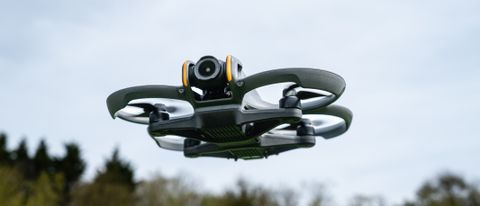
The Avata 2’s camera also introduces new imaging software features such as HDR video and improved color science technology, which greatly enhance the visual output, providing crisper details and more vibrant colors. Additionally, the gimbal stabilization has been upgraded to provide smoother footage, which is particularly noticeable when performing aggressive maneuvers or when flying in windy conditions.
These enhancements not only make the Avata 2 a more powerful tool for professional-grade photography and videography but also increase its appeal to casual users who seek to produce high-quality content with minimal effort.
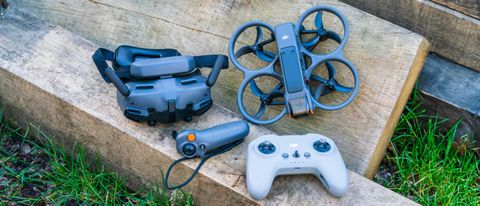
User Experience
Transitioning into the user experience, DJI has made significant strides in making the Avata 2 more accessible and enjoyable for all users. The interface of the controller and accompanying software are more intuitive, with clearer navigation and more automated processes, which reduce the learning curve for new users while offering depth for those who like to fine-tune their settings.
Moreover, the integration with DJI’s apps and software ecosystem has improved, providing a seamless experience from flight planning to post-production. This integration ensures that users spend less time managing logistics and more time flying and creating content.
Conclusion
Comparing the DJI Avata 1 with the DJI Avata 2 reveals a clear path of progression in drone technology and user-focused enhancements. The Avata 2 not only improves upon the already solid foundation set by its predecessor but also introduces new features that cater to the evolving needs of drone pilots and content creators. Whether you value extended flight times, superior camera capabilities, or a more intuitive user experience, the DJI Avata 2 offers compelling reasons to upgrade or choose it as your entry into the world of aerial photography and videography.

